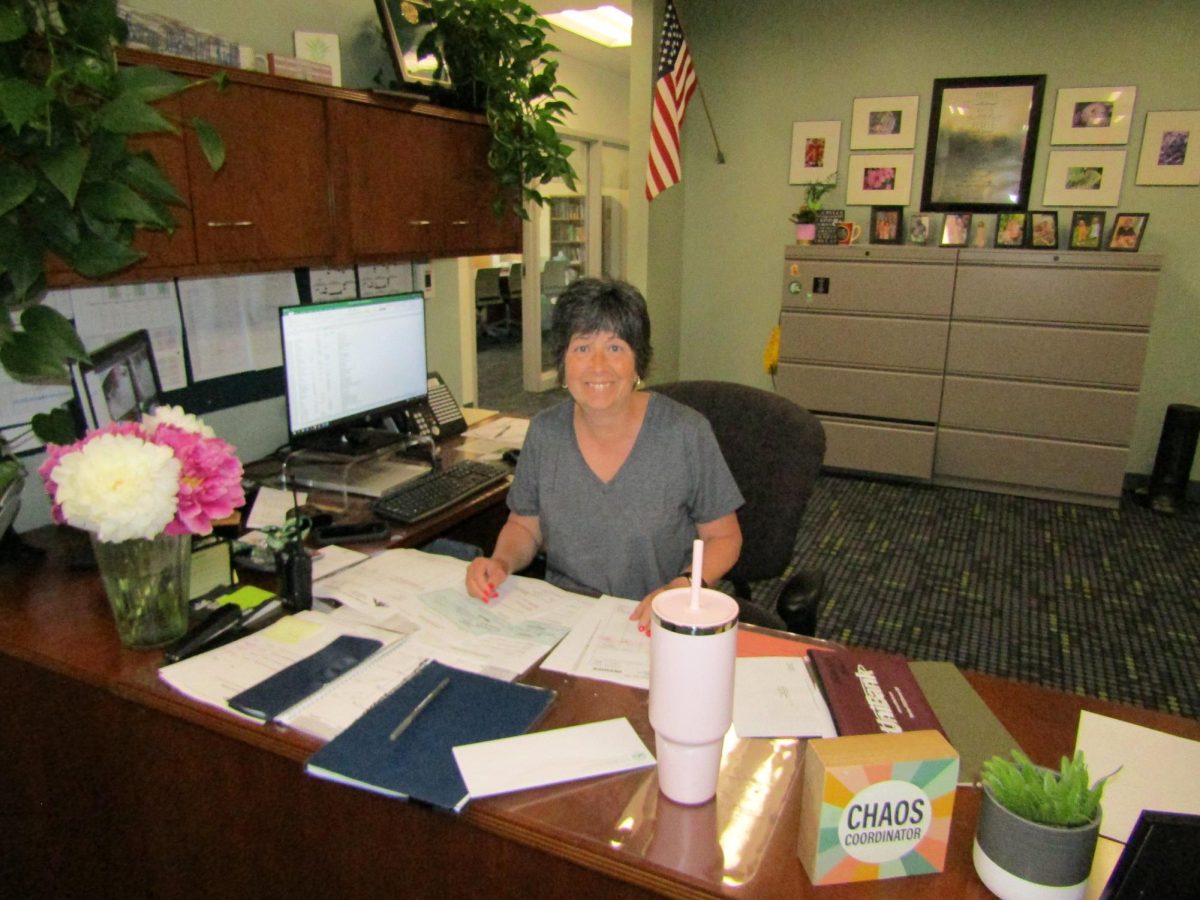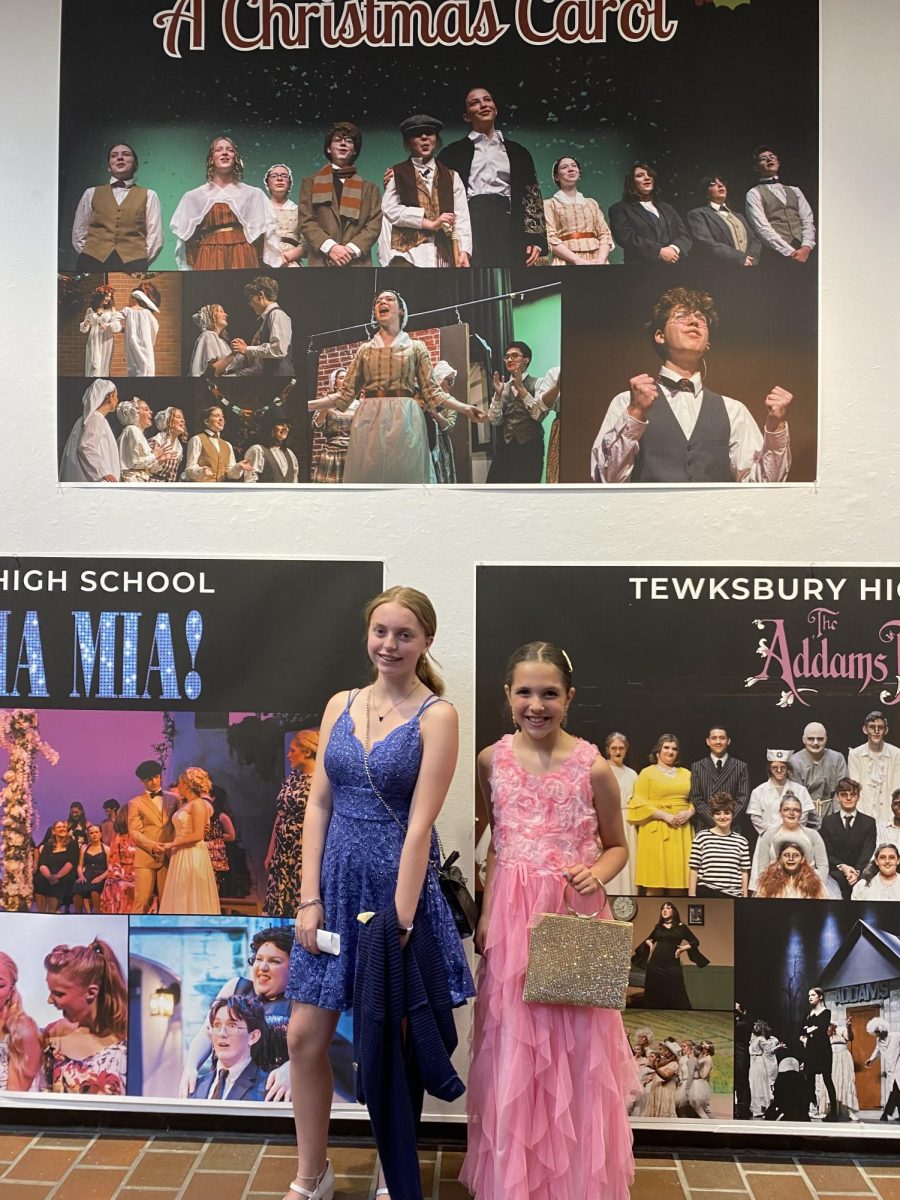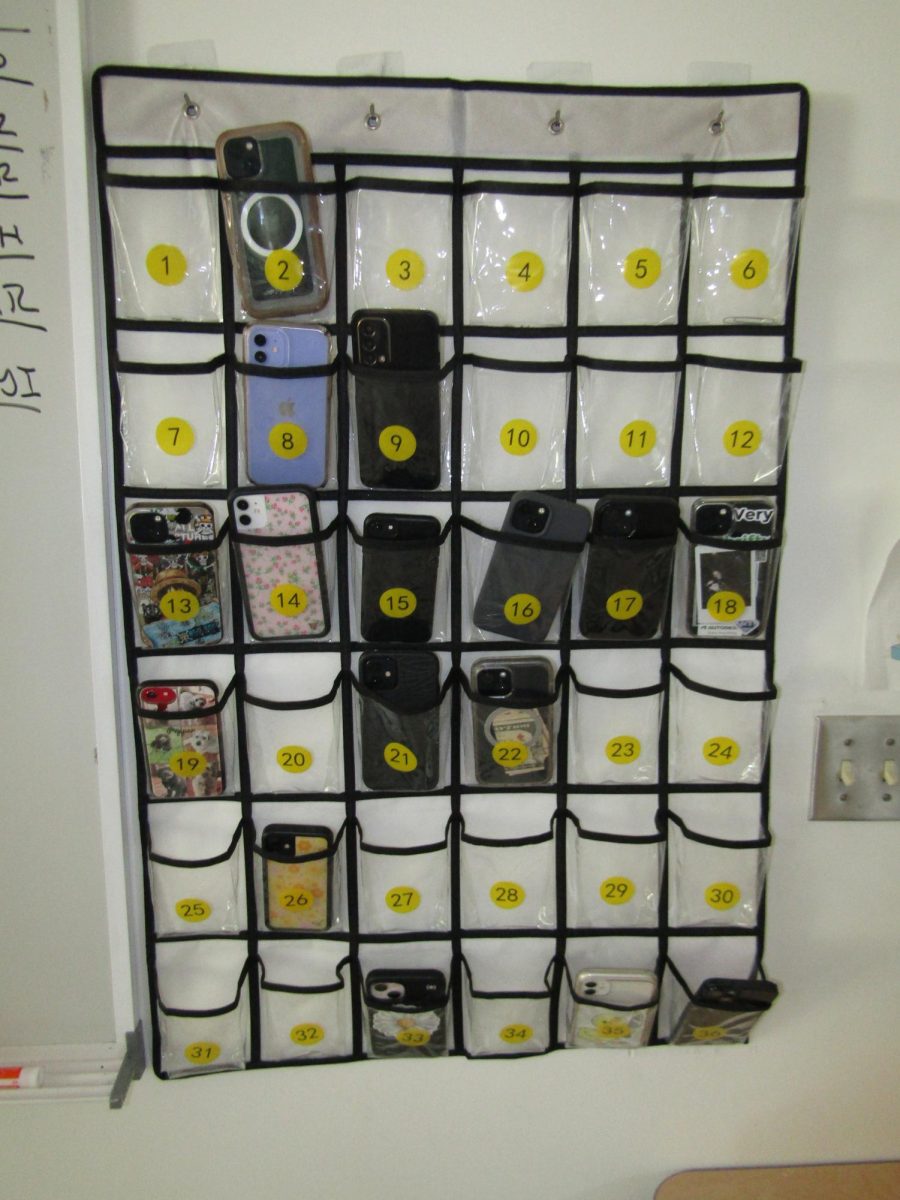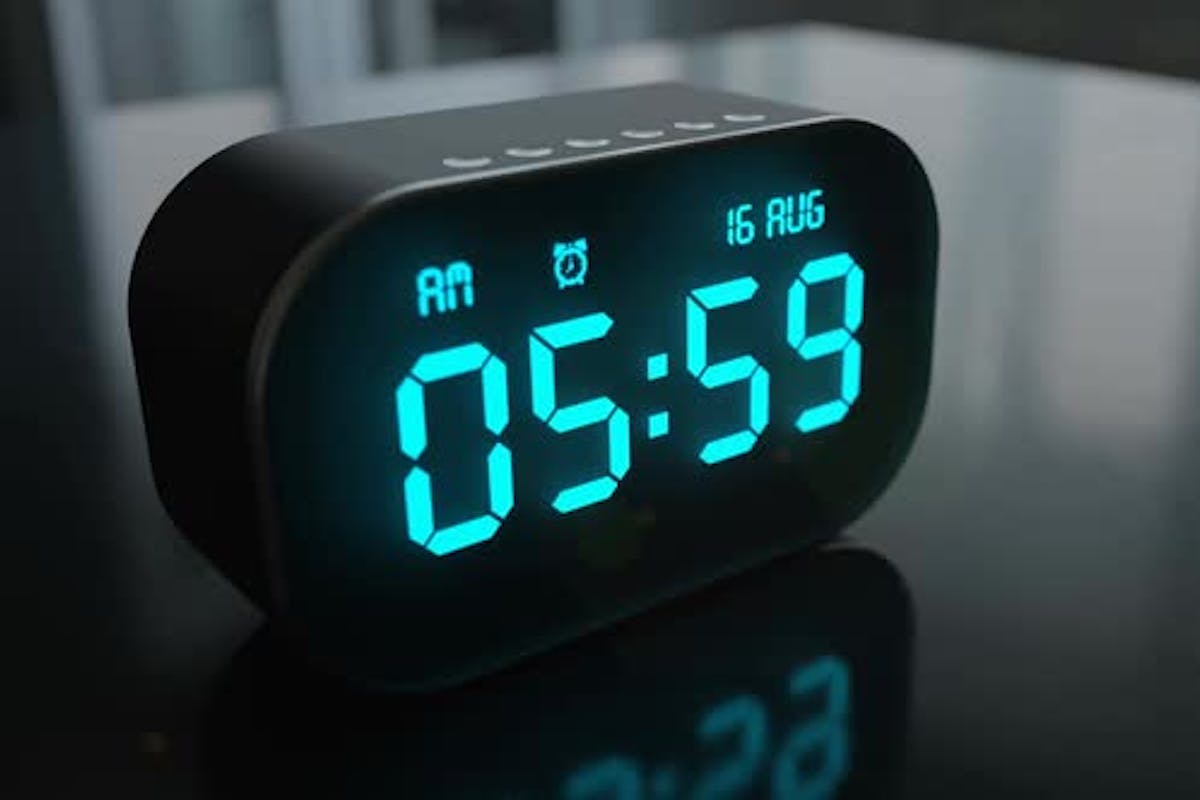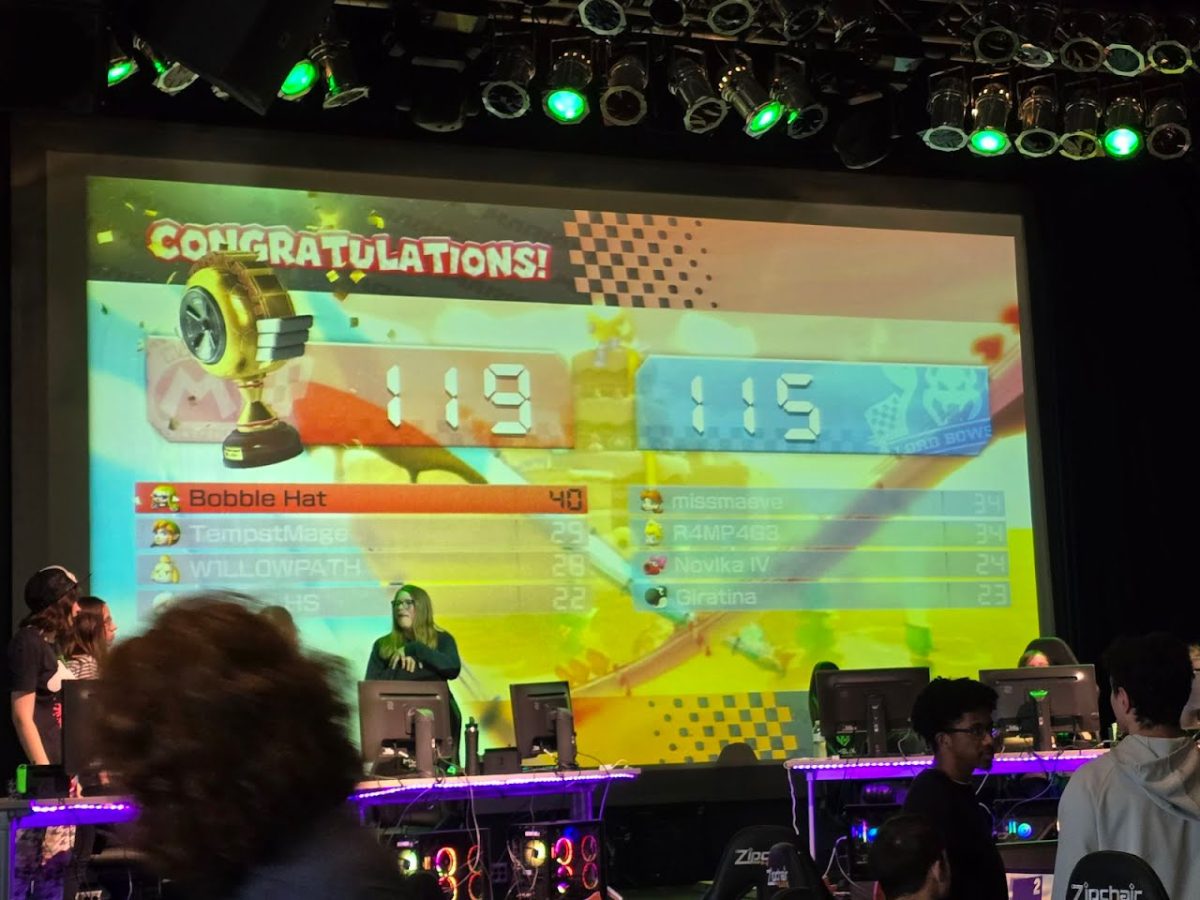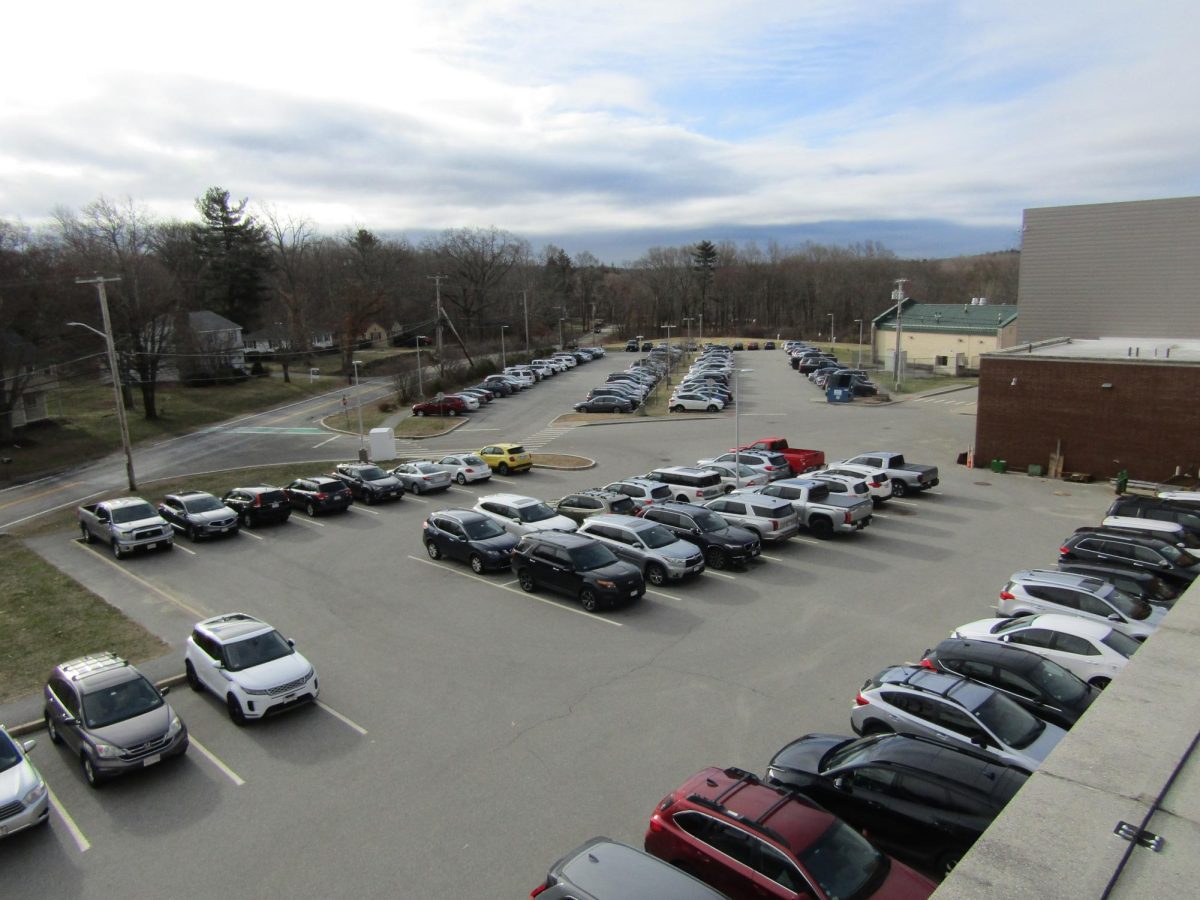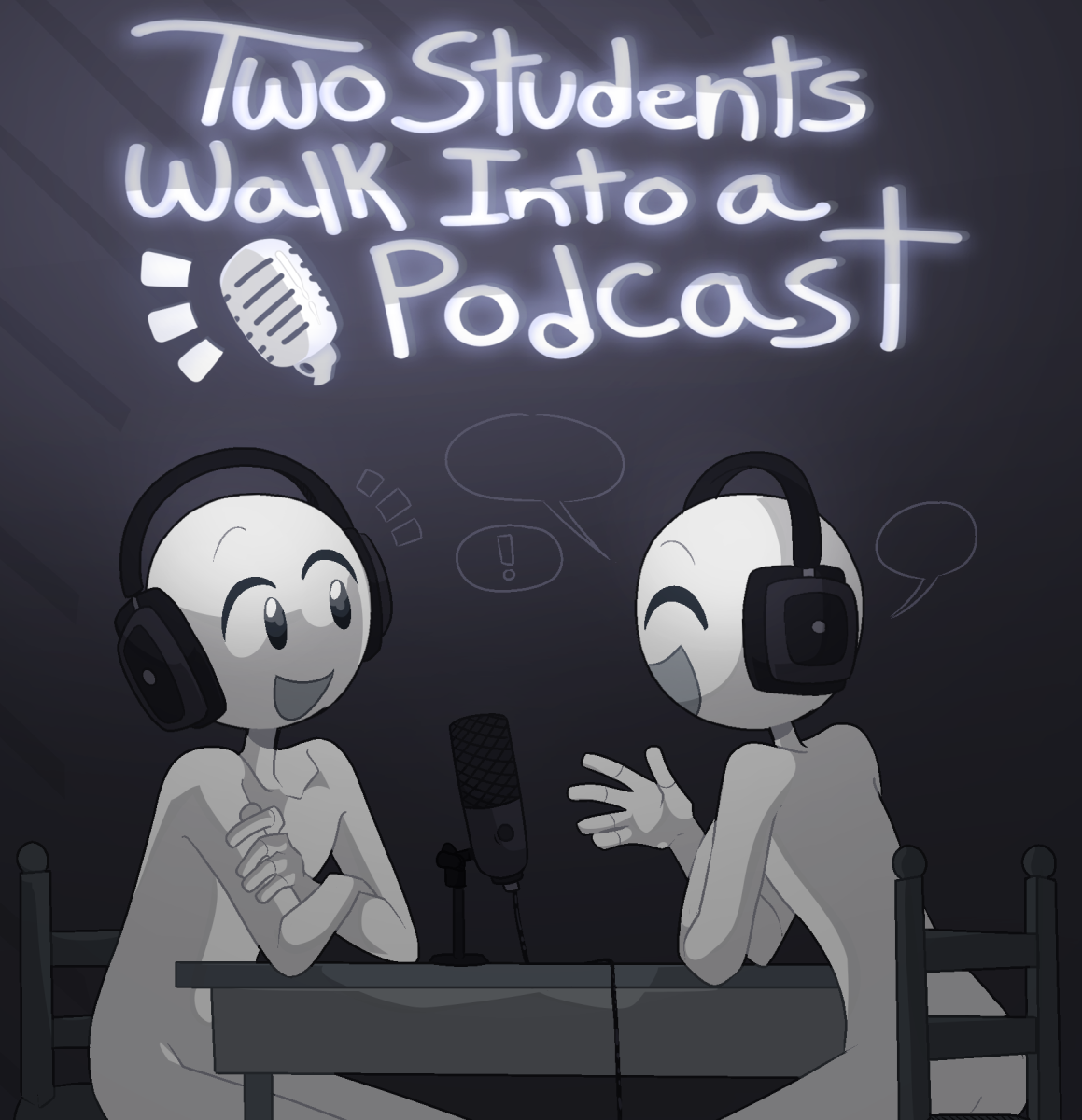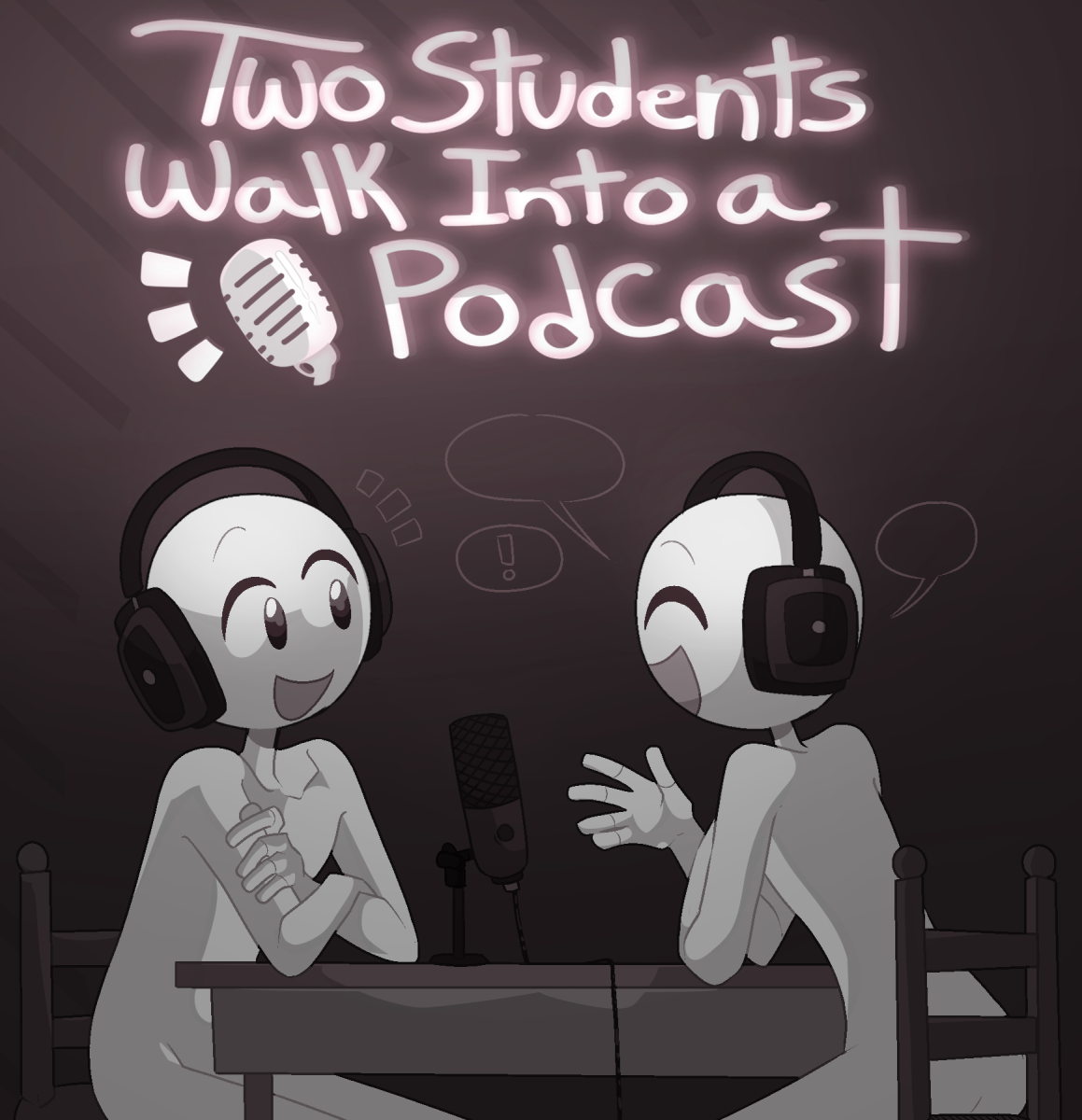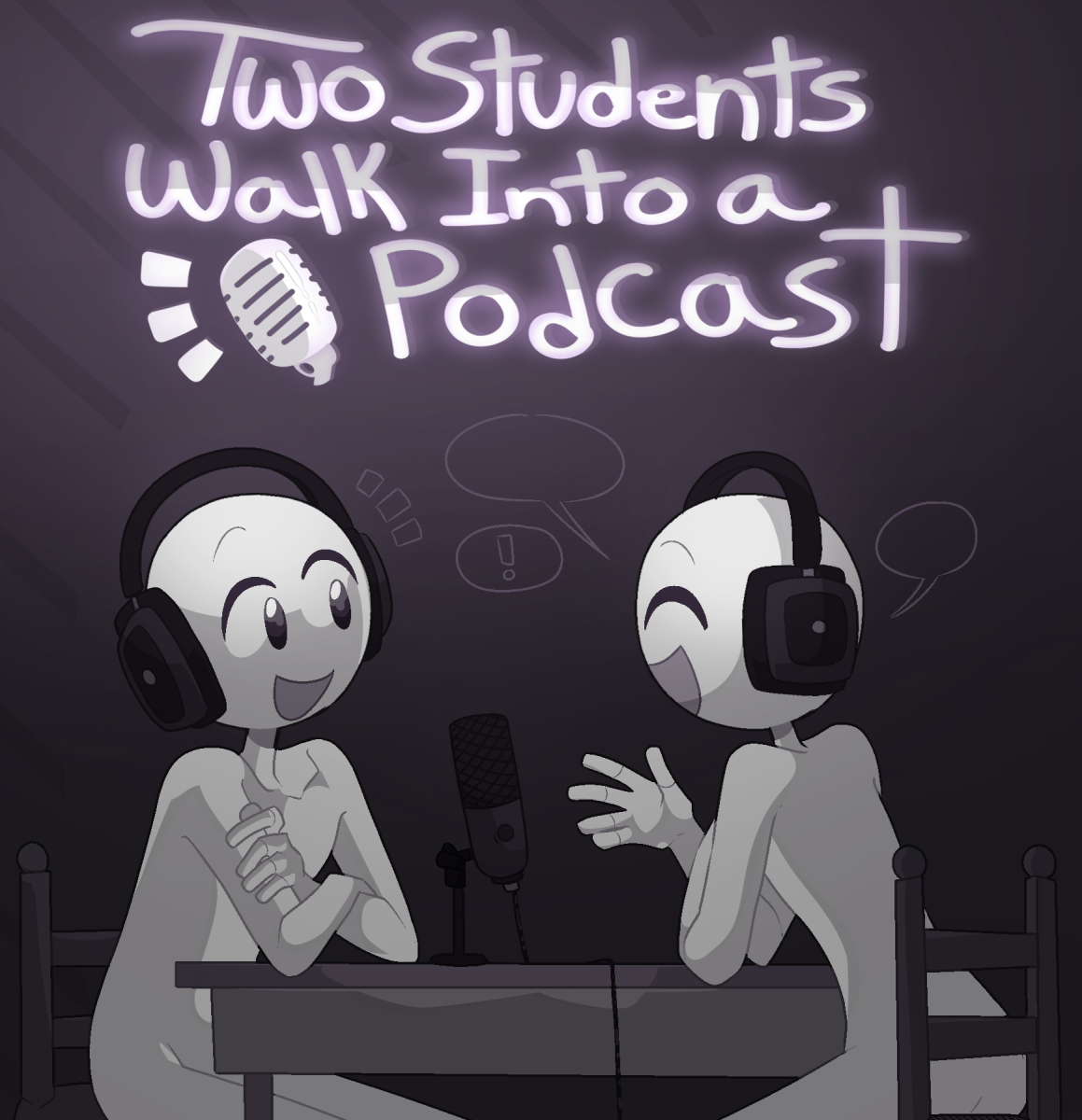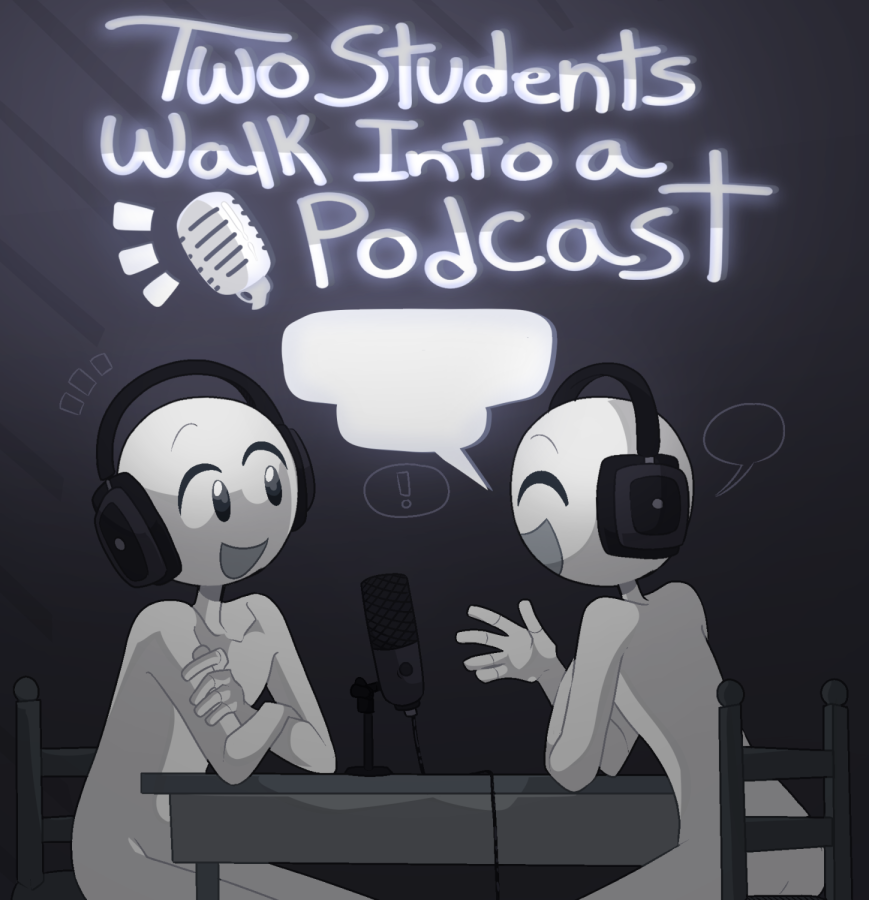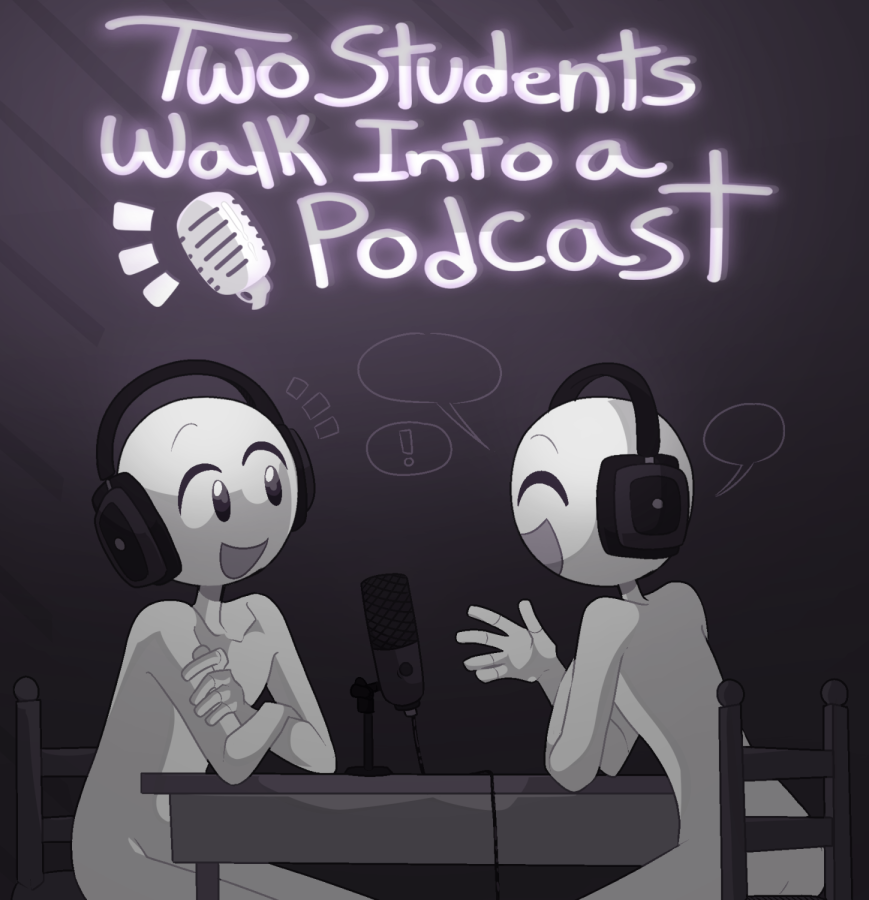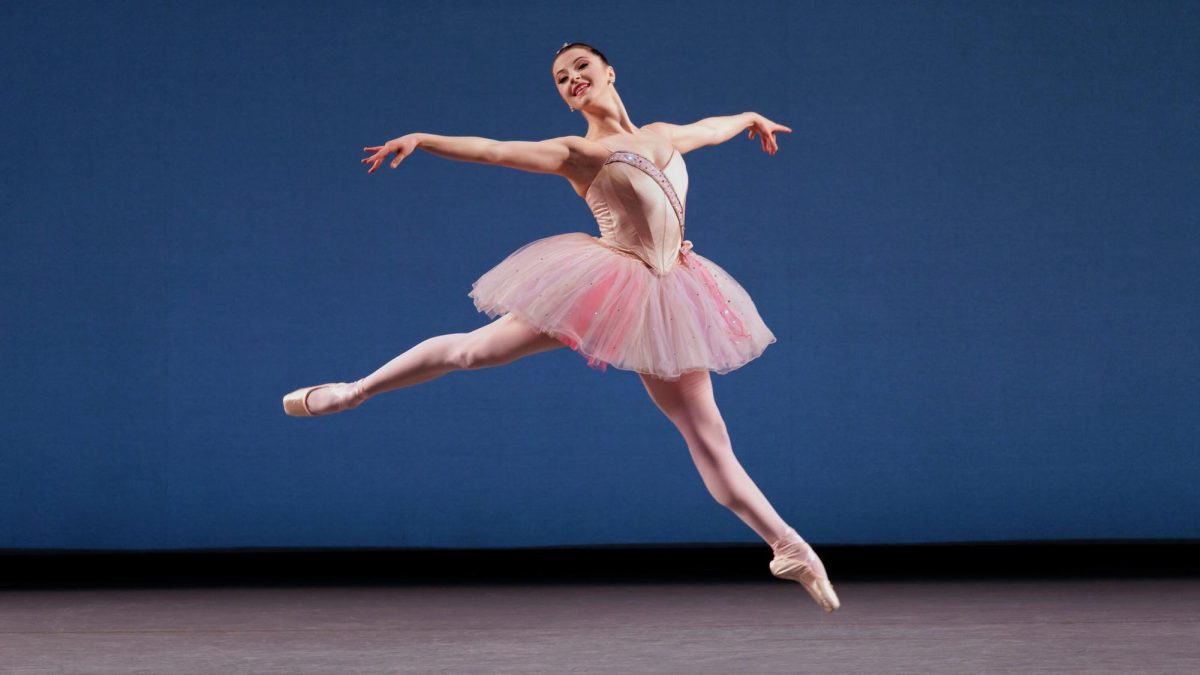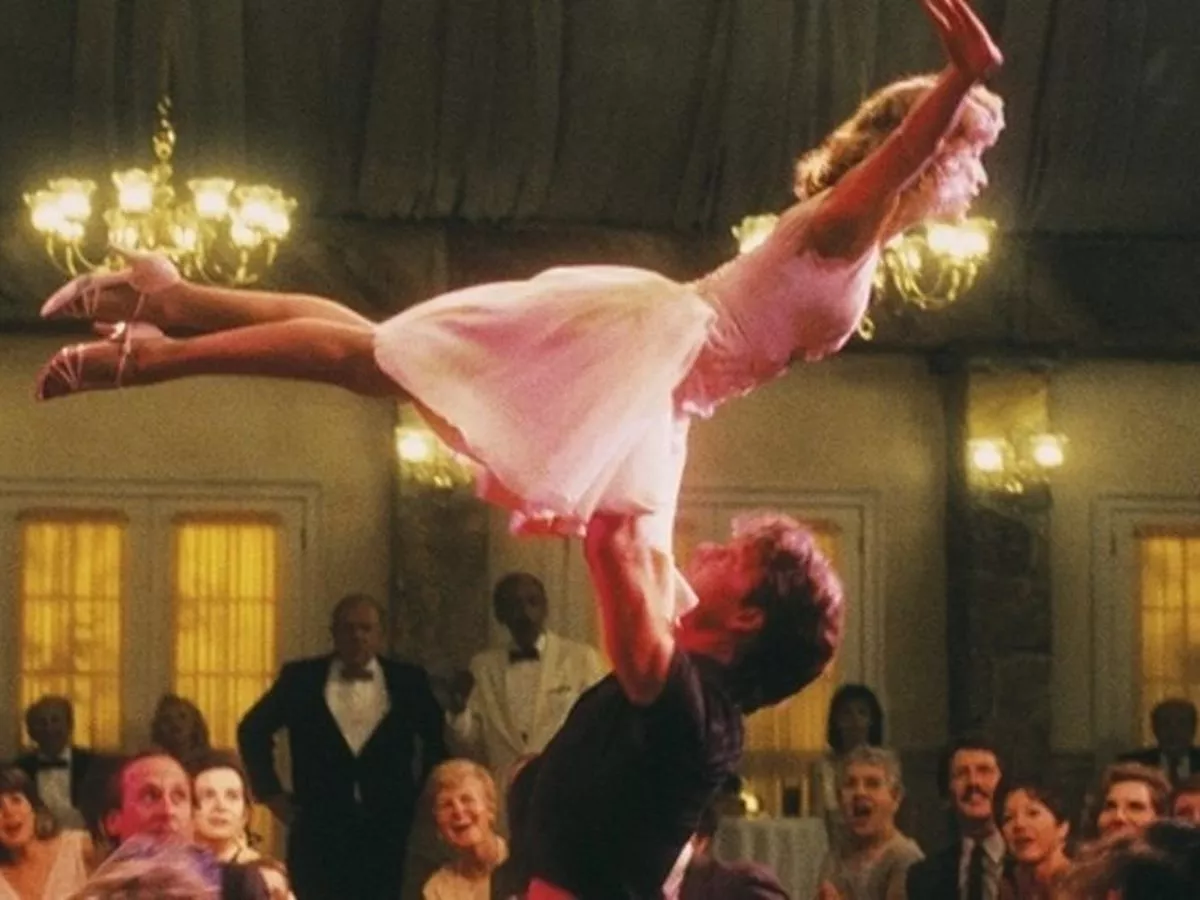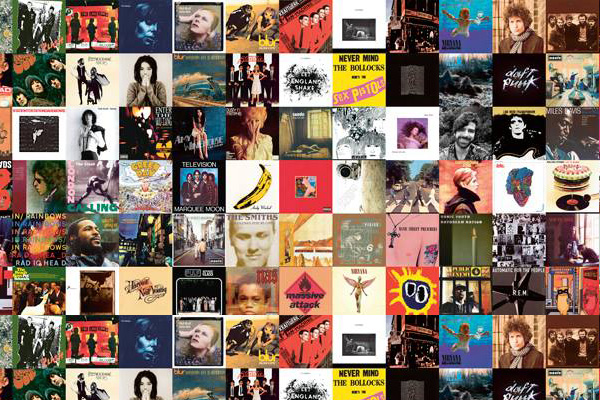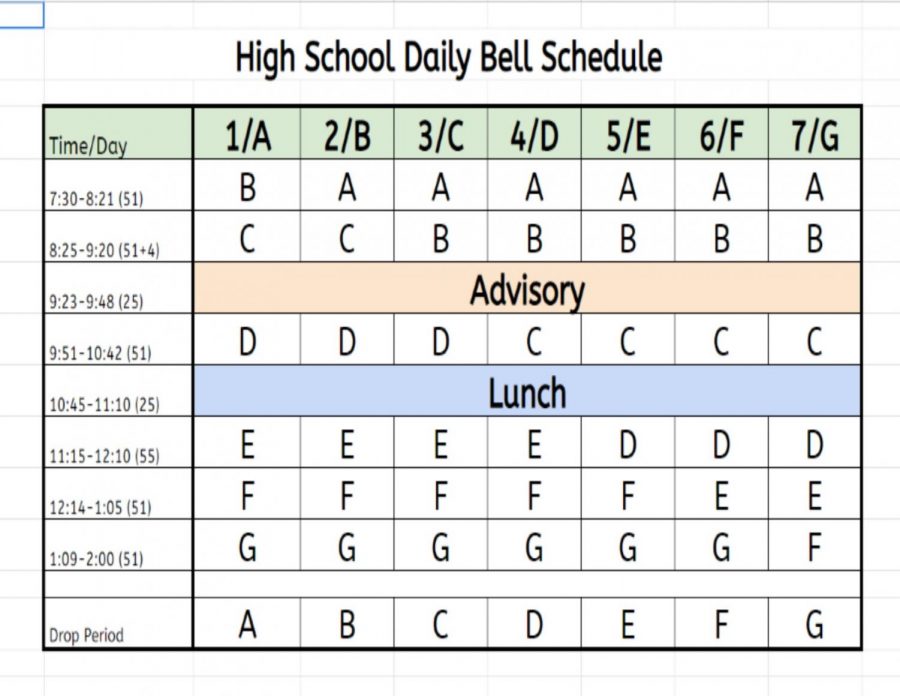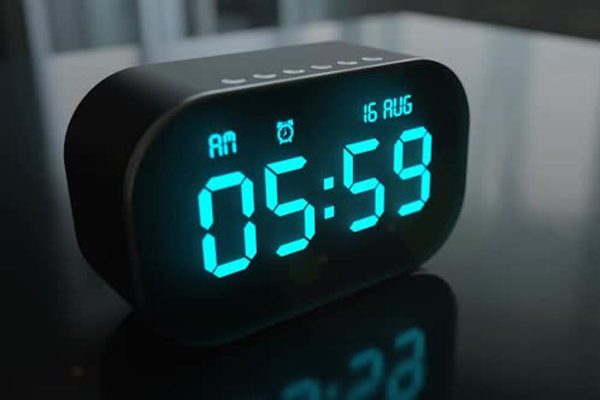Four Block Schedule vs. Drop One Schedule
Which one did everyone love the most?
November 23, 2021
Last year, during the chaos of switching between remote, hybrid, and completely in-person classes, we had the chance to experience a new schedule; the Four Block Schedule. This new schedule allowed us to have four classes in the day that had a duration of 80 minutes each. We had two regular classes and two electives for each semester, totaling eight courses in the year. All of the classes, including the electives, counted as one credit towards our transcript, giving us an extra credit compared to our previous schedule.
This year we have our old schedule referred to as the Drop One Schedule. In this schedule, we have seven courses in the entire year but only go to six classes a day. Each course is labeled with a letter (A to G) and the schedule is labeled with days one to seven. On day one, we drop class A, on day two we drop B, and on day three we drop C, and so on. The electives switched during the third quarter and only counted for half a credit towards our transcript.
As in any change that happens in the school, students and teachers are asked for their opinions on which is best. In a survey sent out by sophomore Navjot Khatri, he asked students which of the schedules they preferred. Out of 82 responses, 50 were preferable to the Drop One Schedule and 32 to the Four Block Schedule. From our survey, we were able to realize that most of the students preferred the Drop One Schedule. Navjot also sent one to teachers, acquiring 14 responses and the results were seven to seven.
The Drop One Schedule allows teachers to follow up with the students throughout the entire school year. This allows students to receive feedback promptly, versus switching classes completely in the middle of the year. The Drop One Schedule also allows AP students to stay with their class throughout the entire year, giving them a better opportunity to succeed on the AP exam.
The Four Block Schedule made students feel as if they were just having as much information shoved to them as possible. This made the classes inconsistent, having to work on three different activities in one class period and teachers handing out multiple homework assignments at the same time and assuming we have time to complete them since there are only four classes a day. This made learning very difficult since we just were trying to compensate for the lost days due to COVID-19.
I had the opportunity to interview Sutton High Principal Ted McCarthy to get a fresh look at the executive decisions that he made.
SHS News: Why did the school opt to use the Four Block Schedule last year?
Mr. McCarthy: Because when we were making decisions on how to run the school back in 2020, we knew a lot less about COVID, and the thought process was that with the Four Block Schedule the number of students having contact with each other would have been reduced and they would be moving around the schools less. A lot of schools in the country used the Four Block Schedule last year and that all influenced the decision.
SHS News: Regardless of COVID, what are some of the pros of having the Four Block Schedule?
Mr. McCarthy: Going into the Four Block Schedule, I thought I was going to like it. Mainly because let’s say you are a student who doesn’t like math, like me. If I was stuck in math class for 90 minutes I would have not loved that. By the end of it, I came to appreciate it, because I think that it mirrors more of real life to a kid than a Drop One Schedule. There is no other time in a person’s life that you go from doing English for 50 minutes, then Science for 50 minutes, then Math, then Social Studies; that doesn’t happen in any place other than High School. For example, my father was a mechanic; he would work on a car for three hours or such. He never needed to change from one car’s tires in 30 minutes, then work on another car’s engine for 50 minutes, and then go down the street and be a grocery shop’s cashier, you know? In real life, it is more constant and you work on something for long periods.
SHS News: Which of the schedules offer a better learning experience, in your opinion?
Mr. McCarthy: It depends on the student. Some students like the change and prefer to work on multiple things in shorter periods. Other kids like to go more in-depth with what they’re doing; let’s say someone that is in Mrs. Craig’s art class, I would think that it would be nice to sink their teeth into something when working on an art project. So it depends.
An obvious advantage of the Drop One Schedule is the opportunity to have the Advisory Period. Advisory is a great time for students to catch up on missing work, or even just take a break during the day, an opportunity to recharge your batteries quickly.
In an interview with Senior Jacob Corrente, I asked questions from a student to student perspective and had a share of great responses that sum up what older classmates feel towards the schedule change.
SHS News: Would you say that using the Drop One Schedule brought back the idea of “going back to normal”?
Jacob Corrente: Yes, I think it’s because, since I was here since sixth grade it felt like going back to the way it was.
SHS News: Was it difficult to adapt to the Four Block Schedule?
Jacob Corrente: Not exactly. I guess that when I was having a math class, the longer period wasn’t favorable, especially when in Zoom. But I didn’t sense much of a difference.
SHS News: Which one do you think is the closest to a “real-life” experience?
Jacob Corrente: I’d have to say that the Four Block Schedule. Last year I would sometimes get home early because I had my last lunch and my parents would say that it is like that in college. So I think the Four Block Schedule is the closest to life after high school.
We can see different ideas towards the schedule change, and which one is best. However, the survey says that the majority seems to favor the Drop One Schedule over the Four Block Schedule. The Drop One Schedule had however a very special appeal to students. It somewhat became a symbol of the “coming back to normal” idea. It is the way it was before the COVID year, and it is eminent that a majority of students would prefer to go back to how it was when all was normal.
In my opinion, the best schedule for high school students would be a mix between both. In which we would have a two-day schedule with four classes during the day, and they would alternate. For example Day One; a student would have Blocks A, B, C & D. And on Day Two he would have Blocks E, F, G & H.
I believe that this schedule would take the best of both worlds. Managing to have longer classes that are a more realistic experience for students, and would also have the teachers and students have their course for the entire year, instead of only one semester. The mix between both schedules would also have eight classes, different from now, in which students only take seven. Plus it might create better time management opportunities for students and give students a feel for what it might be like in college as well.
I would like to thank Mr. McCarthy and Jake Corrente for the time given to me for this interview and to share their thoughts on the different schedules.
